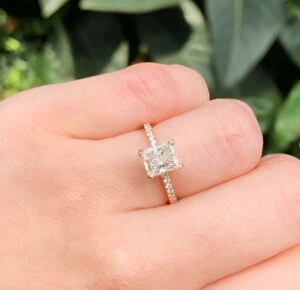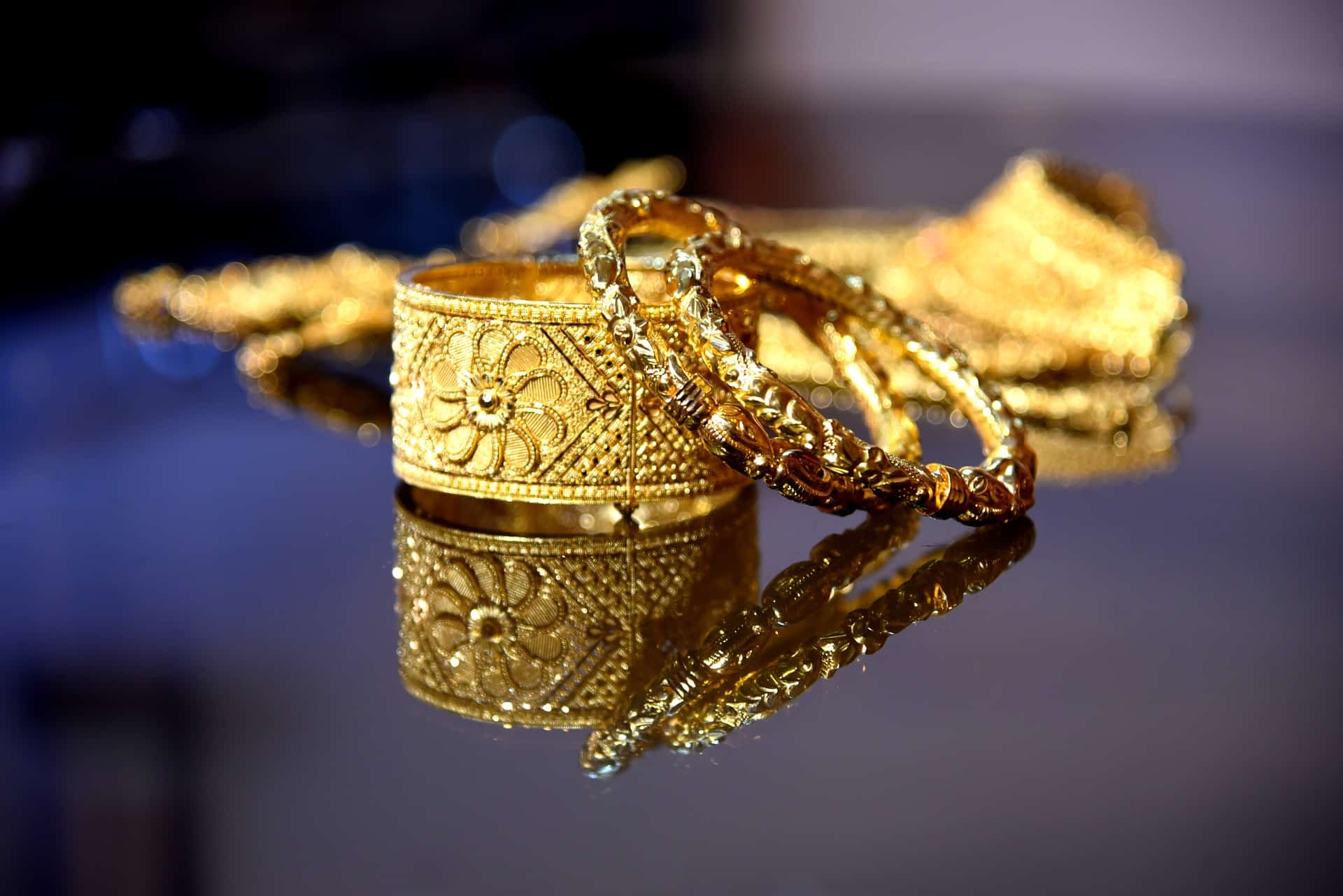
Table of Contents
Gold plated jewelry gives you gold’s luxury without the high price, but picking the right piece needs careful thought. The quality depends on how thick the gold is, what metal is underneath, and how well it’s made. Gold plated items look like real gold but can tarnish and need replating over time.
If you’re thinking about buying gold plated jewelry, check out these 13 important points that will help you choose wisely.
What is Gold Plating?
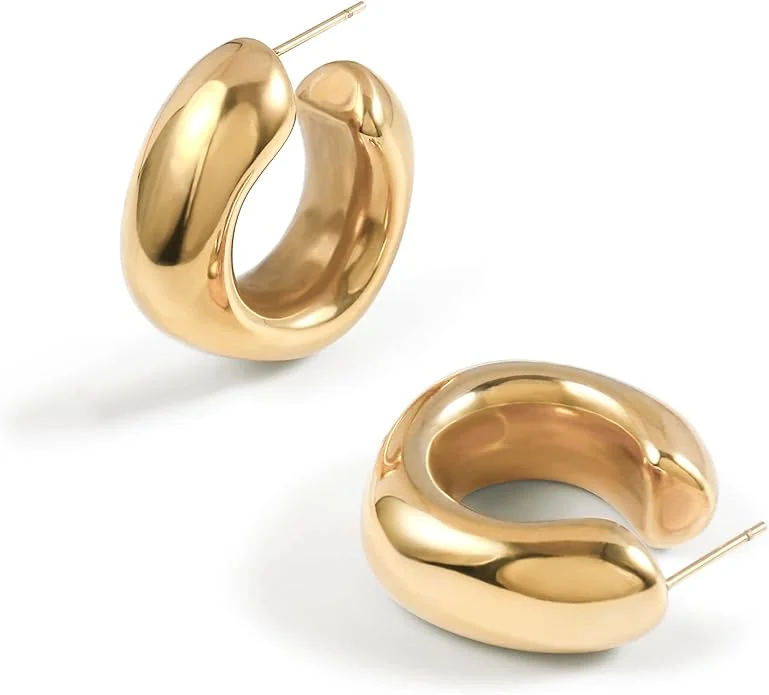
Gold plating is a process where a thin layer of gold is applied to the surface of another metal. This is typically done to give the item the appearance of real gold at a fraction of the cost. The process involves using chemicals to deposit a very thin layer of gold onto the base metal, which is often made of less expensive materials like copper, brass, or silver.
The thickness of the gold layer can vary, but it’s usually quite thin, measured in microns. Gold plating allows for a range of jewelry and other items to have the look and feel of gold without the high price associated with solid gold products.
However, because the gold layer is only on the surface, it can wear off over time, especially with frequent use or exposure to harsh chemicals. This means that gold-plated items may eventually need to be replated to maintain their appearance.
Gold plating is popular for its affordability and versatility, allowing for a variety of designs and styles in jewelry, watches, and decorative items.
What’s the Process of Gold Plating?
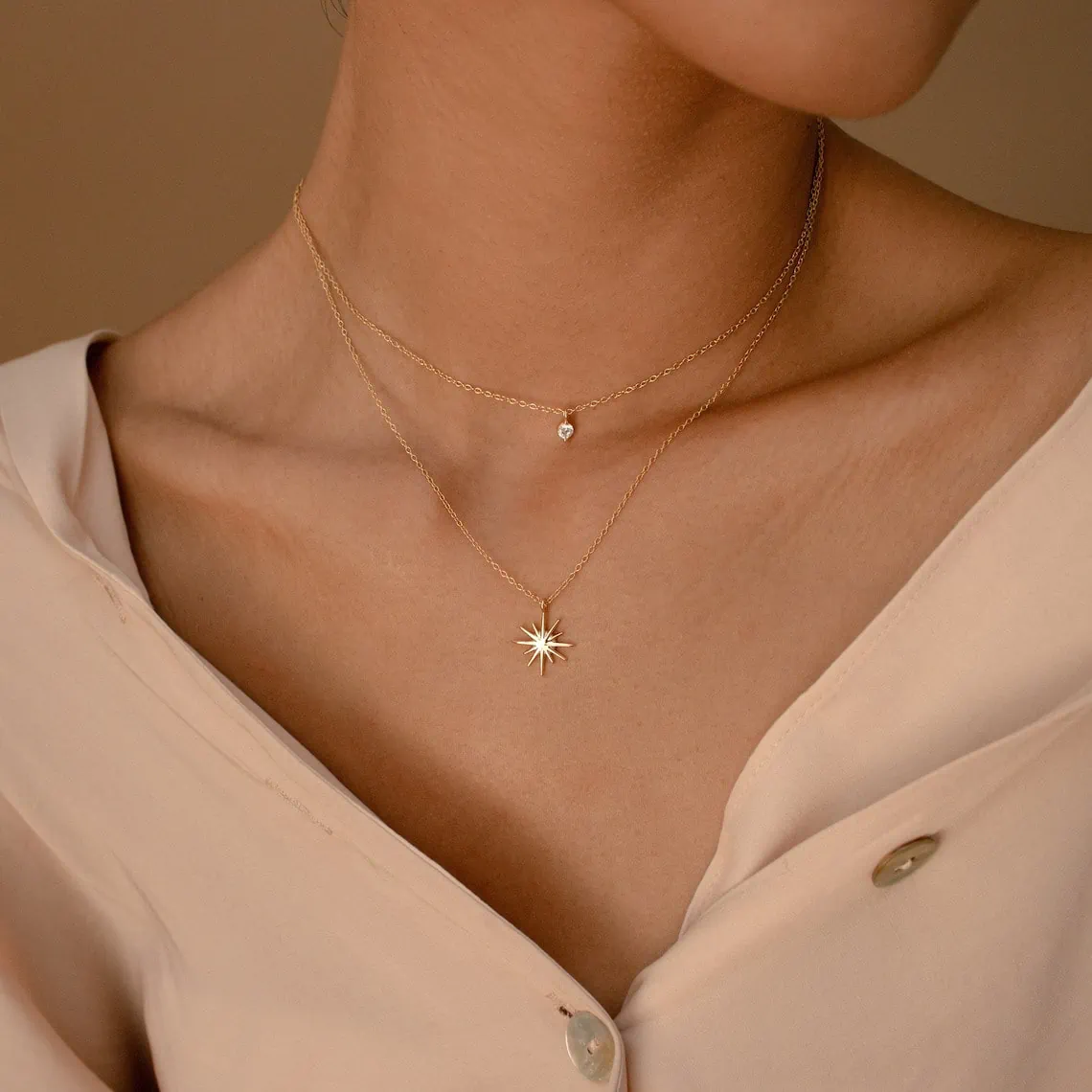
Gold plating is a process where a thin gold layer is added to a cheaper metal like copper or silver, making it look like gold. First, the process starts with cleaning the metal thoroughly to get rid of dirt, oil, or other substances. This step is important because any dirt can stop the gold from sticking properly. The cleaning usually involves ultrasonic baths and chemical treatments.
Next, the clean item goes into a solution that conducts electricity and contains gold, usually in the form of an electrolyte solution. Here, the item is attached to a negative electrode, and a positive electrode is also in the solution. When electricity flows through this setup, gold ions move towards the negative electrode and stick to the item, creating a thin gold layer.
The gold layer’s thickness depends on how long the item stays in the solution and the electricity’s strength. This layer is quite thin, measured in microns, but it’s enough to make the item look shiny and gold.
After plating, the item might be rinsed, dried, and sometimes given extra treatments to make it shinier or to keep it from tarnishing.
Gold plating is a popular way to make items look gold without using solid gold, which is much more expensive. This method is widely used in making jewelry, in electronics, and for decorative items, offering a gold look at a more affordable price.
What Metals Can Be Gold Plated?
Gold plating works on several metals, making it a flexible option for enhancing various items. Common metals for gold plating include silver, copper, brass, and stainless steel.
Silver is a favored choice for gold plating because of its natural shine and smoothness. Gold-plated silver looks luxurious and is often used in quality jewelry. But, the gold layer can wear away over time, showing the silver beneath.
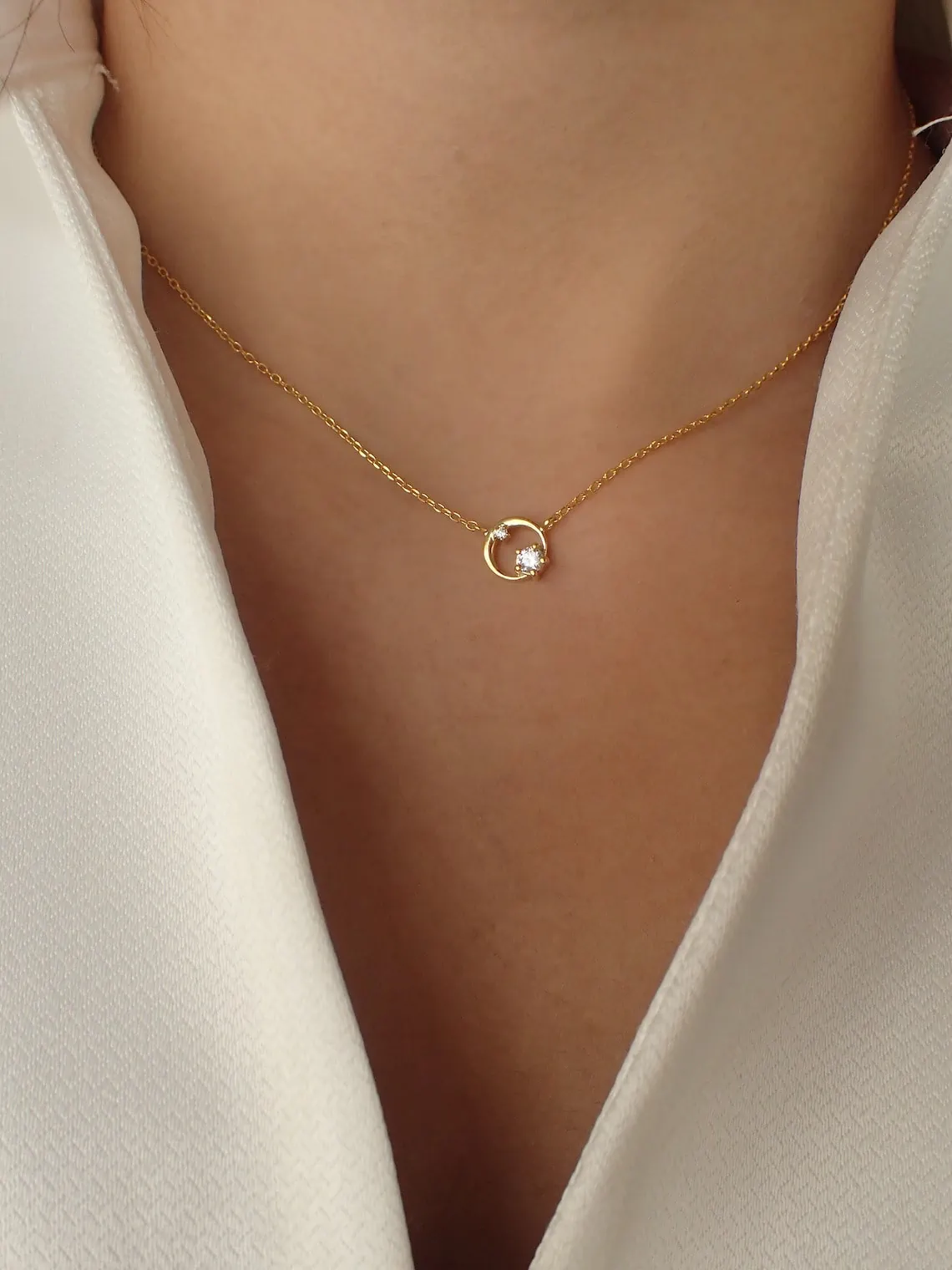
Copper is also widely used for gold plating. It’s affordable and easy to work with, but it can oxidize, changing the look of the gold layer. To prevent this, platers usually apply a barrier layer before the gold.
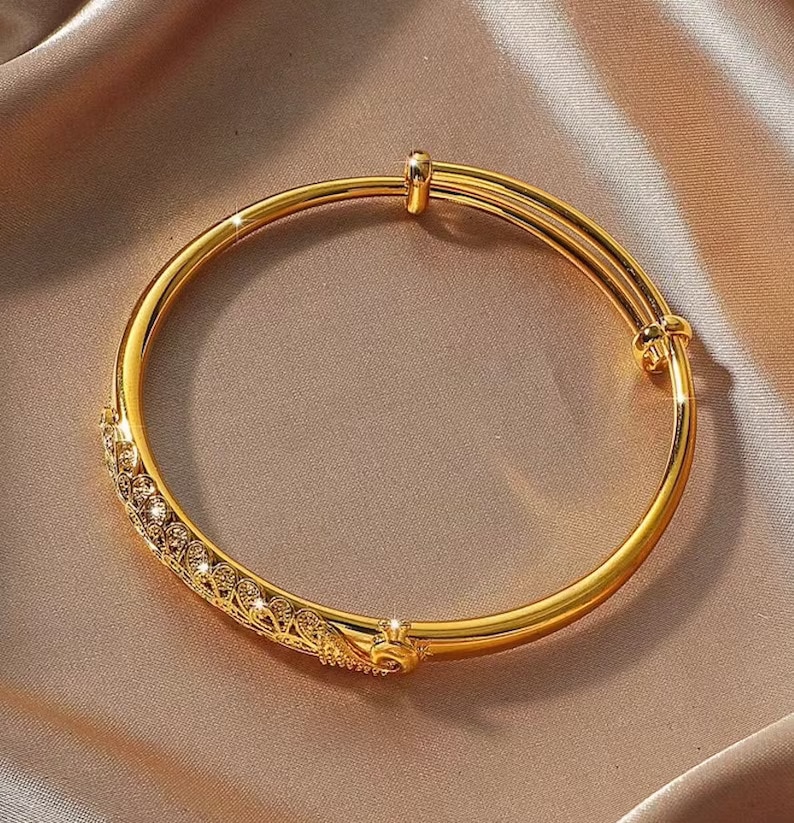
Brass, a mix of copper and zinc, is another common choice. It’s strong and cost-effective, making it great for decorative pieces and costume jewelry.
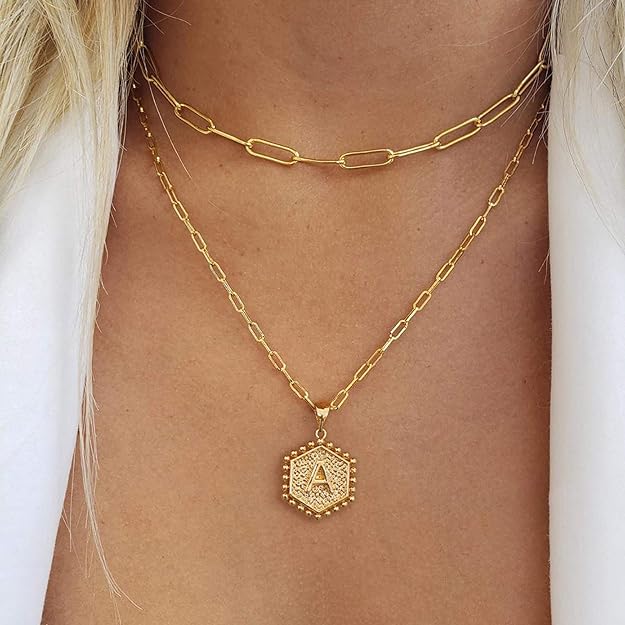
Stainless Steel can be gold plated too, but it needs special preparation due to its anti-corrosion properties. It’s typically used for durable items like watches.
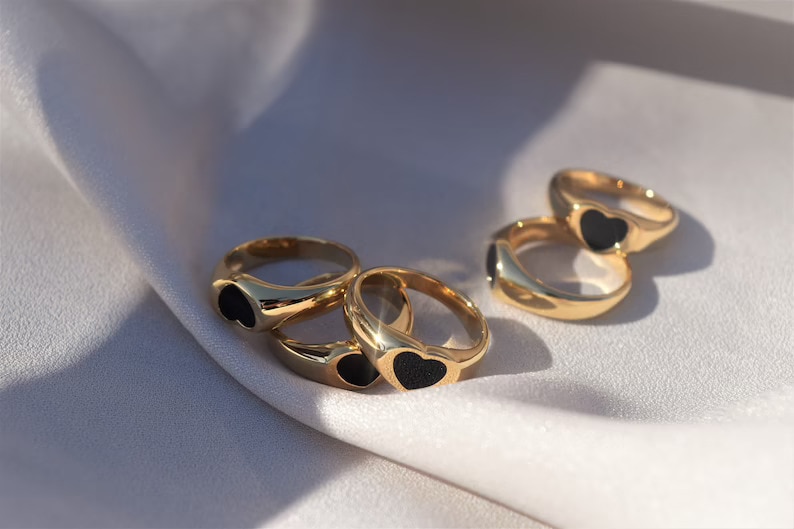
Each of these metals has its own advantages and challenges when gold plated. The choice depends on what you’re looking for in terms of looks, cost, and durability. But no matter the base metal, good preparation and plating methods are key to a high-quality, long-lasting gold-plated finish.
Is Gold Plated Real Gold?
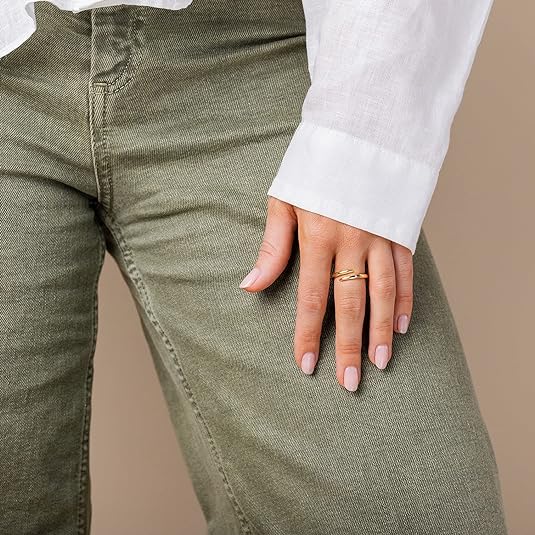
Gold plated items include real gold, but they’re not made entirely of gold. In gold plating, a base metal like copper, brass, or silver gets covered with a very thin layer of gold. This gives the item a solid gold look while having only a small amount of gold.
The gold layer is really thin, often just a few microns thick. Because it’s so thin, there’s much less gold in gold plated items than in solid gold ones. Over time, this gold layer can wear off, especially if you use the item a lot or expose it to harsh chemicals. When this happens, the cheaper base metal underneath shows through.
While gold plated items look like real gold, they don’t have the same value, strength, or lasting quality as full gold items. They are a more affordable option for those who want the gold look without the high price of solid gold.
How Thick Should Gold Plating Be?
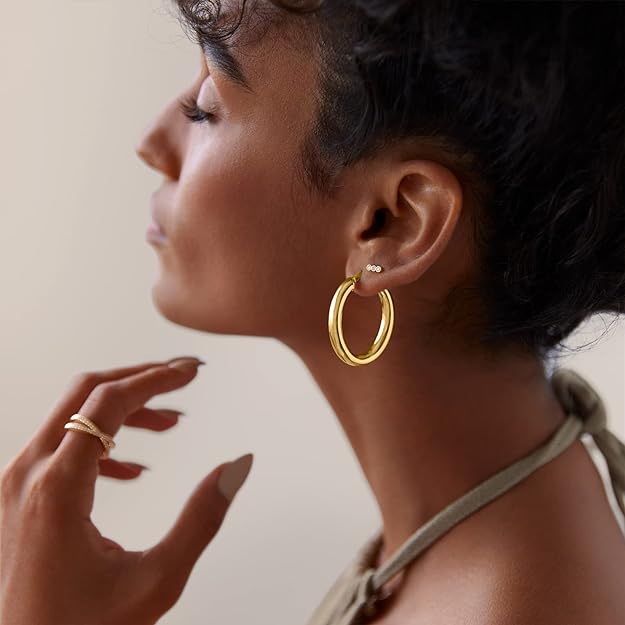
Gold plating can range in thickness between .17 to 2.5 microns.
Plating with a thickness of around .17 is called gold electroplated or gold wash/flashed. This is an extremely thin layer (about 0.05% of gold) and is only recommended for jewelry pieces that are sheltered from heavy wear and tear, like pendants and earrings. This thickness of plating wears off quite quickly.
The ideal thickness for gold plating is around .5 to 1.0 microns. While this might sound like a thin layer, it’s sufficient even for jewelry pieces that are exposed to rough wear, like rings and bracelets.
Plating at around the 2.5-micron mark is quite thick and known as heavy gold plated. However, even this amount of gold plating is still very thin in terms of value and the main benefit is that the plating lasts longer when it’s thicker.
Is Gold Plate Jewelry Worth Anything?
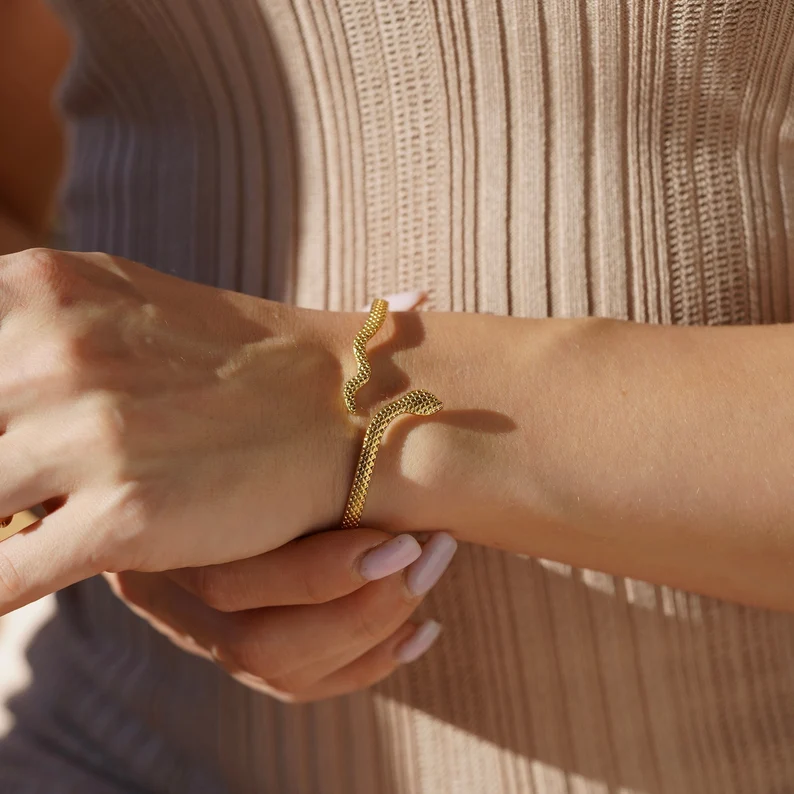
Gold plated jewelry has some value, but it’s much less than solid gold jewelry. The main reason is the very thin layer of gold used in gold plating. This thin layer, often only a few microns thick, covers a base metal like copper or brass. Gold plated jewelry looks similar to solid gold and can be attractive, but it contains only a small amount of real gold.
This makes gold plated jewelry more affordable than solid gold, popular for fashion jewelry. It gives the rich look of gold without the high price tag. But the gold layer can wear off over time, especially with regular use or contact with chemicals and water, reducing the jewelry’s lifespan and value.
As for resale or real value, gold plated jewelry isn’t a big investment like solid gold. Its value mainly comes from how it looks and the style it brings, not from the metal it contains. So, gold plated jewelry is valuable, especially when it’s new and in good shape, but it’s essential to know that its worth is more about fashion than a gold investment.
Does Gold Plating Fade and Tarnish?
Gold plating can fade and tarnish over time, losing its initial luster and brightness. This is common and can happen regardless of the quality of the piece. However, many people wonder why gold-plated jewelry tarnishes. After all, isn’t gold an inert metal that doesn’t rust or corrode?
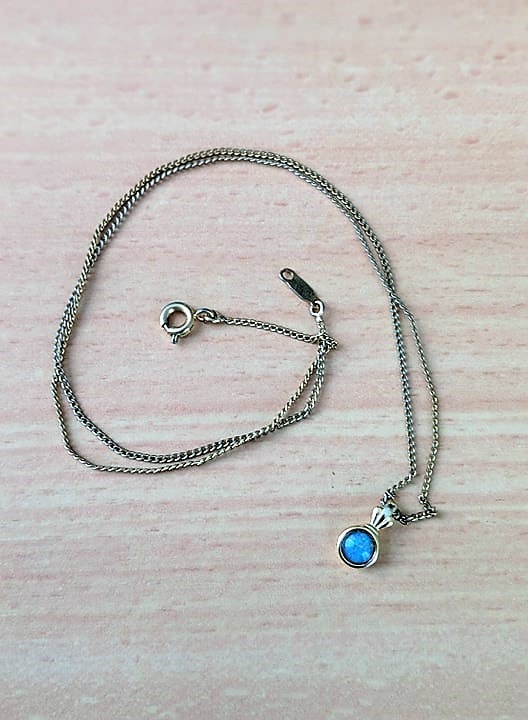
The problem is often not with the plating itself but with the base metal which is prone to corroding and oxidizing. Over time, the molecules of the base metal eventually move into the gold layer, affecting its appearance. If the gold plating is very thin, it will discolor and start to look like tarnish quickly.
As mentioned above, this leeching can be avoided if the jewelry is first plated with nickel, which keeps the base metals from affecting the appearance of the gold. If this is done during the plating process, the gold is unlikely to tarnish or face.
How Long Does Gold Plating Last?

Gold plating’s lifespan varies based on a few key factors like the gold layer’s thickness, the quality of the plating, and how you care for the item. Usually, gold plated jewelry can last from a few months up to a couple of years.
The thickness of the gold layer plays a big role. Thicker gold plating generally lasts longer. We measure gold plating in microns, and more microns mean a thicker coating. Typical gold plating is about 0.5 to 1 micron thick, but better-quality pieces might have thicker layers.
The way you handle gold plated items also affects how long they last. Regular contact with water, sweat, perfumes, lotions, or rough handling can wear off the gold faster. Taking good care of your gold plated jewelry, like taking it off before swimming, showering, or putting on lotion, helps it last longer.
How to Take Care of Gold Plated Jewelry
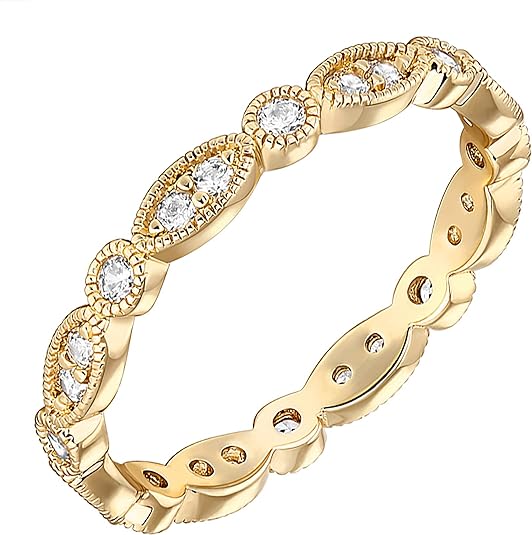
By taking proper care of gold-plated jewelry, you can extend its life and keep it bright and beautiful. Here are some steps to take:
- Keep gold plated jewelry away from chemicals, oils and makeup. It’s a good idea to always put on your plated jewelry last, after applying makeup, hairspray and perfumes. When doing chores, take off gold plated jewelry as the chemicals in soaps, detergents and cleaners can impact the plating.
- It’s a good idea to keep your hands clean when handling gold plated jewelry so try to wash them before putting on and taking off your jewelry.
- Don’t expose gold plated jewelry to chlorinated or salty water. This means taking off the jewelry before swimming in pools, hot tubs or the sea.
- Body oils and sweat can impact gold plating. To counter this, wipe the jewelry down or clean it frequently to get rid of these pollutants.
- Cleaning your gold-plated jewelry regularly is important to prolong its life. Use a mild liquid soap or a professional jewelry cleaning solution like this one and warm water when doing this. Avoid any harsh chemicals or abrasive cleaners. Avoid brushing or rubbing the plated jewelry, as this can make it flake, exposing the metal below.
- Keep gold plated jewelry from rubbing and friction as this will cause the piece to wear down quickly and to flake off. This can happen when you layer gold plated jewelry and they rub against each other. It’s best to wear the piece of jewelry by itself.
How Can I Tell if My Jewelry is Gold Plated?
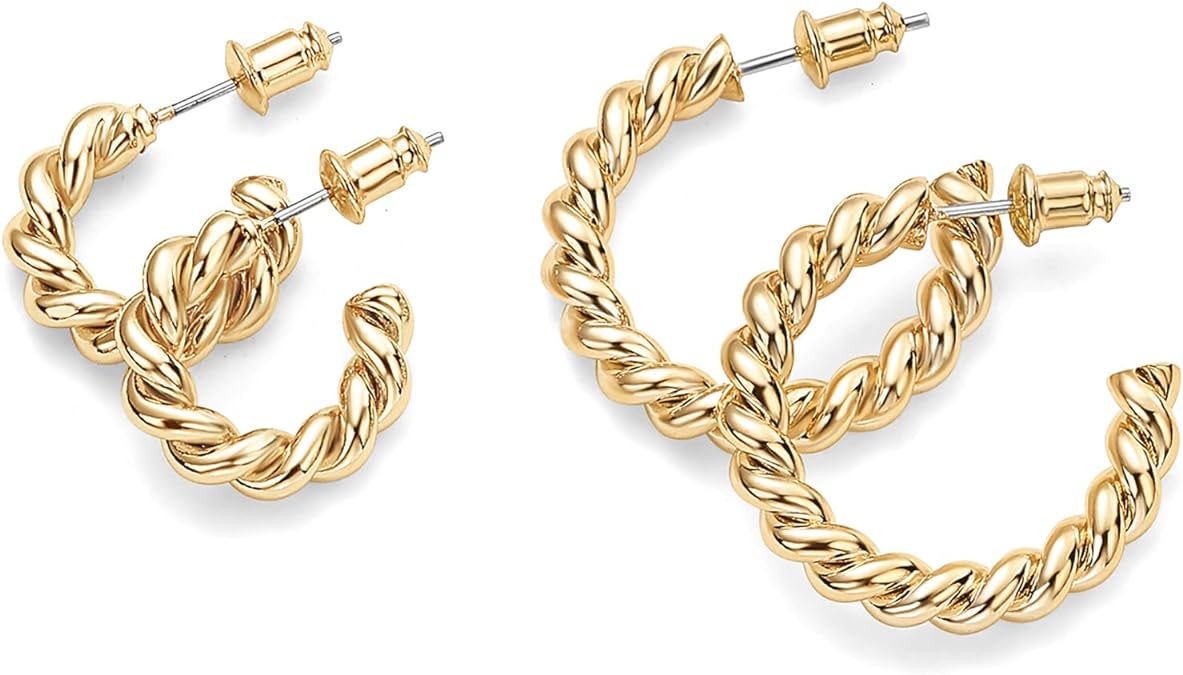
To figure out if your jewelry is gold plated, start by looking for hallmark stamps. Marks like “GP” (gold plated), “GEP” (gold electroplated), or “HGE” (heavy gold electroplate) show that the jewelry is not solid gold but coated with a layer of gold on another metal.
You can also check the jewelry’s color and how it wears. Gold plated pieces might change color or tarnish, especially where they rub or touch things a lot, showing the metal underneath. Solid gold usually keeps its color and shine longer.
The jewelry’s weight can also be a clue. Solid gold is heavy, so pieces made of it tend to feel heavier than gold plated ones that are the same size.
If you’re still not sure, think about getting the jewelry checked by a professional. Jewelers have special tests, like acid tests or electronic testers, to tell if jewelry is gold plated or solid gold. But be careful, as these tests can harm gold plated items.
Where to Buy Gold Plated Jewelry
- Amazon is great for its easy-to-use website, fast shipping, and especially benefits Prime members who want a broad selection quickly.
- On Etsy, you can find unique gold plated jewelry, often handmade. This site connects you with independent artists and crafters, offering custom pieces or rare vintage finds. Etsy is ideal if you’re searching for something special or handcrafted, and it also supports small businesses and independent makers.
Wrapping Up
Gold plated jewelry is a great choice for anyone looking for gold’s beauty without the high price. It comes in many styles, from modern to classic, fitting different occasions and tastes. Although it doesn’t last as long as solid gold, taking good care of it can make it last longer.







